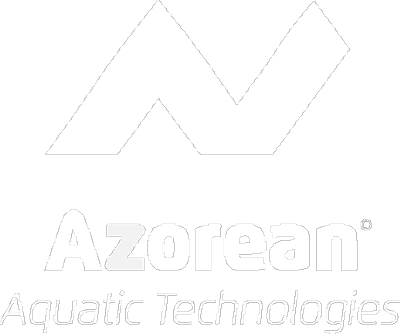
The Autonomous Driving competition constitutes a medium complexity technical challenge in which a mobile, autonomous robot, must traverse a route along a closed track which resembles a conventional road.
The track attempts to replicate a real scenario, but the competition takes place in a structured and controlled environment. The track, with an eight-format, simulates a two-way road with a zebra-crossing, a pair of traffic lights (one in each direction), a tunnel, a working zone, traffic signs, an obstacle and a parking area with one free space and one occupied space. The position of the obstacle on the track and the free place of the parking area are unknown to the robot at the beginning of each run. The competition has three rounds that take place over three consecutive days, during which complexity is progressively increased through the addition of new challenges. In all three rounds the robots start from the zebra-crossing, after the "go ahead" signal is displayed on the traffic light, and has to complete two laps around the track. In addition to identifying the traffic light displayed by the panel, the first round only requires movement control of the robot along the track. The robot must complete two laps on the track as fast as possible. In this first round, the tunnel, the obstacle, the working zone and the traffic signs are not present.
The second round requires the robot to identify one of five different signals displayed by the dashboard light (simulating the traffic lights) and to react accordingly. The signs, shown through a TFT 17" screen, may indicate that the robot must stop, move towards one of two possible directions (left or straight ahead), that the race has ended or that it should initiate the parking maneuver. In the second round, robots must also avoid an obstacle, which is obstructing one of the ways in an unknown location. The obstacle must be detected and the robot must avoid it by following the track, without leaving it.
Finally, in the third round, two additional challenges are included: a tunnel, that covers part of the course, and a non-structured part of track called 'working zone'. The tunnel has significant impact in light conditions, therefore requiring a shift in the navigation style of the robot. The working zone imposes a different route that is unknown a priori. The new route is marked by colored cones (orange and white, similar to traffic cones but smaller), connected through a red/white plastic strip. In this area, the robot must leave the normal track and follow the new path, without touching any of the elements that bounds it, and re-enter the track area where the working zone ends.
Since 2011, a simplified variant of the competition was introduced, which is called ROOKIE CLASS. This version of the competition includes two phases:
- The first phase is a simple speed test - the robot must complete two laps on the track as fast as possible.
- The second phase is played in rounds, with two teams competing at once in pursuit-mode. Only the fastest teams will compete in the second phase. The winning teams move into the next round and consecutively to the final.
A team is typically composed of a maximum of six elements, but can integrate extra elements by paying an additional amount per element.
A single institution may register multiple teams. Teams representing educational institutions should be mainly formed by students from this institution but may include teachers or former students.

|

|

|
 |
 |
Prize
1st Prize
 |
2nd Prize
 |
Plus for Portuguese Teams from GT Competizione / Autódromo Virtual de Vila Real
Equipa 1.ª classificada - Anuidade de sócio para 3 anos + 60minutos de utilização no AVVR
Equipa 2.ª classificada - Anuidade de sócio para 2 anos + 60minutos de utilização no AVVR
Equipa 3.ª classificada - Anuidade de sócio para 1 ano + 60minutos de utilização no AVVR
O prémio será nominal, a atribuir a cada elemento da equipa.
O cartão de sócio permite usufruir em qualquer Race Center da GT Competizione, da taxa de sócio praticada nesses Race Centers.











































